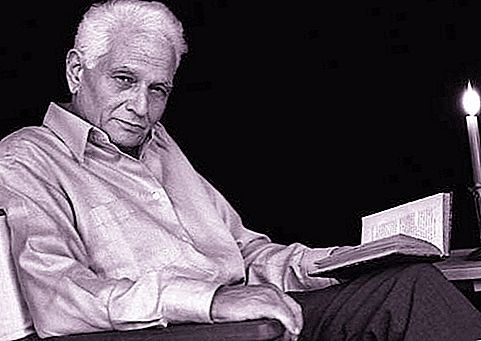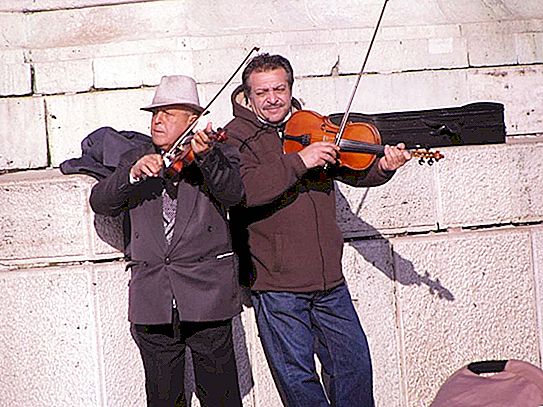Sosnowiec (Karelia) is a settlement located on the territory of the White Sea region of Karelia. It is the center of the corresponding rural settlement. The village is located near the White Sea-Baltic Canal, at a distance of 20 km south-west of Belomorsk. Through it laid a railway going to Murmansk. There is also a highway here, and the distance along it to the city of Petrozavodsk is 356 km. The center of Belomorsk is 34.3 km away. There is a train station.
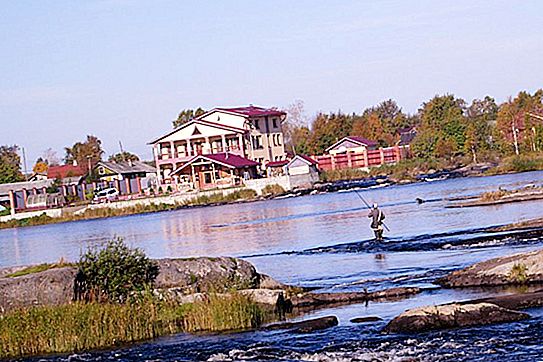
Features
The village of Sosnovets (Karelia) provides the functioning of the White Sea-Baltic Canal. This is the main source of employment for residents. The infrastructure is pretty well developed. You can see here. D. Station, port, modest hotel, post office, church, as well as shops. In addition, there is a fish factory, a crushed stone factory, a school, an outpatient clinic and a forestry. There is also a timber industry enterprise.
The village also has tourist significance: it starts the routes to wild areas and the settlements of Karelia isolated from civilization.

The weather in this region is often gray and rainy. This, of course, can ruin the walk. Therefore, it is worthwhile to inquire about it in advance, for example, on the RP5 website. Sosnowiec (Karelia) is suitable for lovers of a relaxing outdoor recreation.
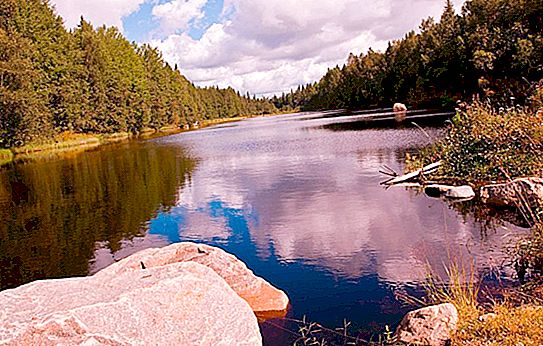
Village History
The foundation date of this settlement is 1885. In the 20s of the last century, the population was only 12 people of Karelian nationality. In the early 1930s, when the canal was being built, one of the camps of the Gulag system was located here. A hydroelectric power station has been operating since the 1950s. Then, in the 50s, a fish breeding factory was founded. Pink salmon, lake salmon, salmon, and pale are grown here under artificial conditions. Since 1949, Sosnowiec is listed as an urban-type settlement.
History left 2 historical monuments:
- monument to the soldiers of the Great Patriotic War;
- in the vicinity of the village, near the lake. The soldier’s is a cemetery for victims of the construction of the White Sea Canal.
The population of the village Sosnowiec (Karelia)
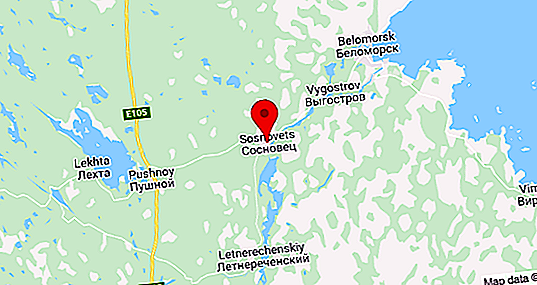
There is a very limited data set on the number of inhabitants of this locality. For the period from 1959 to 2013 the population declined from 3, 319 to 1, 533. The decline in numbers was progressing systematically. However, between 2009 and 2010 there was a sharp decline - from 2 030 to 1 561 people.
Features of the White Sea-Baltic Canal
The canal connects the White Sea with Lake Onega. Construction went on from 1931 to 1933 by the forces of prisoners of the Gulag. According to various sources, from 50 to 200 thousand people died from harsh conditions during construction. The opening took place on 2.08.1933. The length of the channel is 227 km. This water body has a large number of engineering structures: 5 hydroelectric power stations, 15 dams, 19 locks, 49 dams, 19 gutters and other structures.
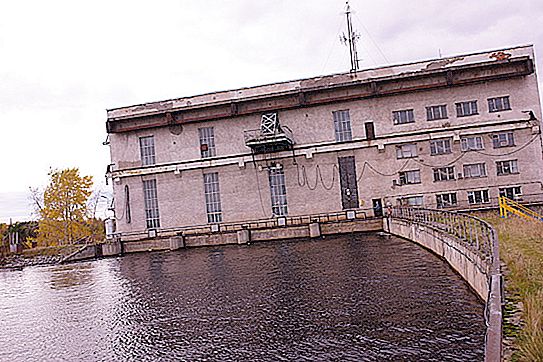
The largest settlement on the banks of the Belomorsky Canal is the city of Belomorsk.
Major Attractions
Sosnowiec takes part in tourism activities. Cruise ships stopping here, heading to the city of Belomorsk and the Solovetsky Islands, which follow from St. Petersburg and Moscow. The total time of such a trip, if departing from the city of Moscow, is 11-13 days. The greatest interest in Sosnovyts are rock paintings (petroglyphs).
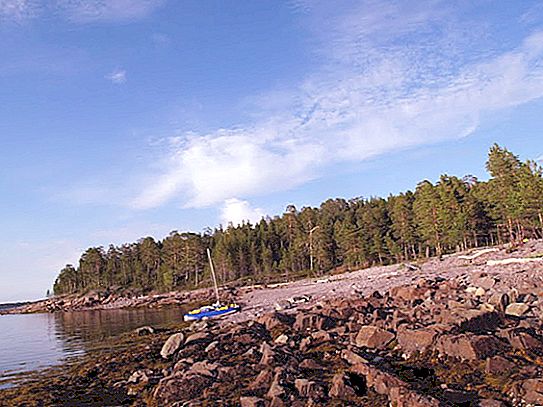
Petroglyphs are called ancient drawings cut on the surfaces of rocks, stones and walls of caves. In Karelia this is a fairly common phenomenon, especially along the steep banks of the White Sea and Lake Onega. The theme of the drawings is quite the same - these are episodes of hunting for animals and the animals themselves. Therefore, it is believed that they appeared at a time when people lived in tribes and engaged in hunting and gathering.
The drawings depict various animals: moose, bears, deer, whales, seals, belugas, hunting scenes for bears, deer, moose, sea animals and birds, as well as boats and people.
From such petroglyphs, it became clear that they had known about skiing here since ancient times. The artists were fishermen and hunters who lived several thousand years ago. 70 ancient settlements and sites of ancient people were also discovered. All this together with nature is a unique monument of archeology.
Scientists from European countries: England, Sweden, and Norway visit these places. Employees of the Russian Academy of Sciences also work here.


